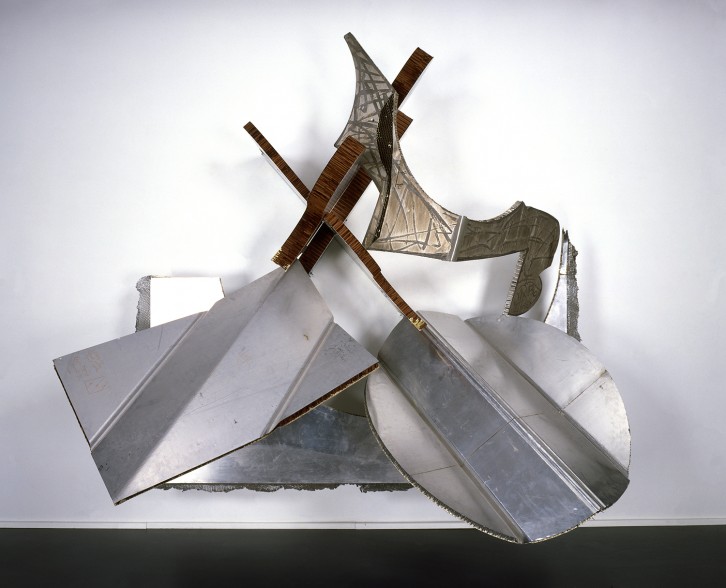
Rooting should start to take place within 2 weeks. After a week, they could receive a light sprinkling of water. Keep the pot in a bright situation out of direct sunlight where they will not get any water. Do not water the plants at this stage but rather keep them dry. Submerge the lower half of the stem in a dry gritty medium. Propagation is easy from cuttings, at any time of the year, which means they can be bulked up very easily. To keep the plant healthy, remove these dead stems at the base. This stem will then die after the seed has set. At flowering time, one or two of the most mature stems will elongate and terminate in an attractive creamy white inflorescence. Feeding is not necessary and will only cause lush growth which will ruin the refined nature of the plant. Overwatering is the easiest way to kill these plants, as they are susceptible to fungal attacks which result in rotting. As they are so drought-adapted, their watering requirements are very minimal. Water very sparingly and only when the plant becomes soft to the touch. Its ability to tolerate temperature extremes makes it well suited to outdoor cultivation.
#Quaqua island full#
A sunny windowsill should therefore work well but to keep the plant naturally compact and neat, growing it outdoors in the full sun is recommended.

Being a dwarf novelty plant it is recommended to cultivate this species in a clay pot rather than the open soil. The secret for success is very well-drained, gritty, essentially mineral soils with a low organic content, excellent ventilation and very bright light. This species, however, proves to be marginally more difficult than others. In cultivation, under good conditions, the plants can last somewhat longer.Ĭrassulas are amongst the easiest succulents to cultivate. In the wild they will presumably live for up to 3 to 5 years or perhaps even longer.

The fruits are small capsules which release dust-like black seeds which are wind-dispersed.Ĭrassula alpestris is fairly slow-growing relative to other Crassula species and can take a few years to form a sizeable plant and flower. Flowering time is between July and September in the southern hemisphere. Each flower is tubular with petals fused at the base and flaring at the mouth. The flowers are white, sometimes tinged with pink or red, and clustered into a dense thyrse ( a branched inflorescence in which the main axis continues to grow but the growth of the side branches is terminated by a bud or flower) always at the tips of only the most mature stems. As in many Crassula species, the leaves are arranged oppositely with each leaf pair at 90 degrees to the pair above and below, resulting in a curious 4-ranked square-stemmed appearance. The succulent leaves are triangular, 10 mm wide at the base, 5-8 mm long and taper to a sharp point, and tightly clasp the stem and the leaves above. The numerous succulent stems branch only from the base of the plant and are fed by a short taproot with a dense mesh of wiry adventitious roots. Crassula alpestris is a short-lived dwarf perennial succulent that forms a dense clump of stems 50-150 mm high and spreading to a similar size.


 0 kommentar(er)
0 kommentar(er)
